‘You are in danger!’: Mad chaos as San Francisco scrambled for a tsunami that never came
As their phones blew up with disaster warnings, some Bay Area residents ran for the hills – while others faced death with a shrug. Io Dodds reports on the fear and the farce of the great tsunami that wasn’t
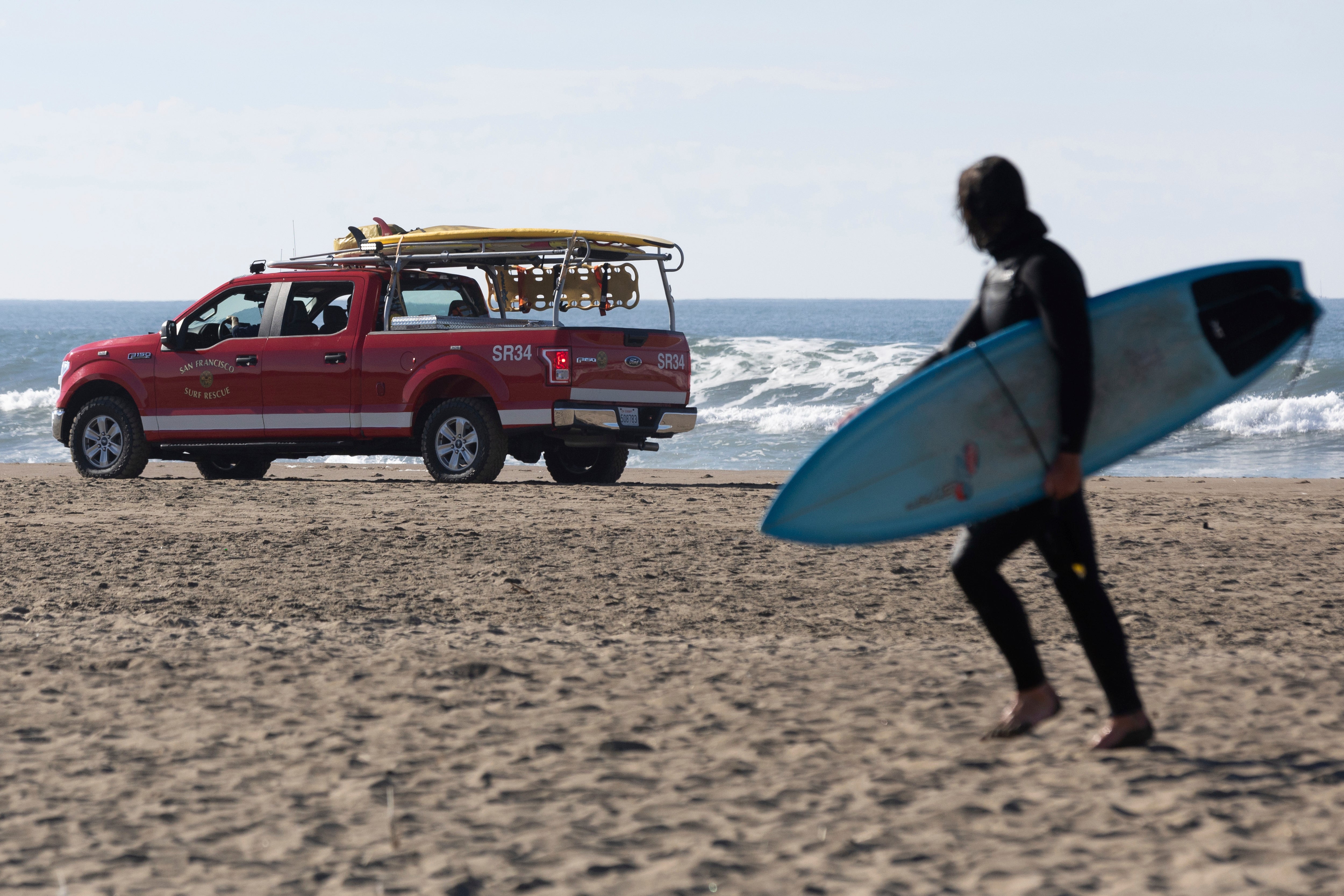
Your support helps us to tell the story
From reproductive rights to climate change to Big Tech, The Independent is on the ground when the story is developing. Whether it's investigating the financials of Elon Musk's pro-Trump PAC or producing our latest documentary, 'The A Word', which shines a light on the American women fighting for reproductive rights, we know how important it is to parse out the facts from the messaging.
At such a critical moment in US history, we need reporters on the ground. Your donation allows us to keep sending journalists to speak to both sides of the story.
The Independent is trusted by Americans across the entire political spectrum. And unlike many other quality news outlets, we choose not to lock Americans out of our reporting and analysis with paywalls. We believe quality journalism should be available to everyone, paid for by those who can afford it.
Your support makes all the difference.Where were you during the great California non-tsunami of December 2024?
When an unusually feisty earthquake shook the San Francisco Bay Area at 10:44 a.m. Thursday, most residents weren't especially alarmed. Minor to moderate wobbles from small or distant quakes are a normal occurrence here.
But when phones began buzzing sharply with government alerts warning of an incoming tsunami, a more unusual situation had arrived.
“It was very frightening,” 86-year-old Carol Ruth Silver, a retired lawyer and veteran San Francisco politician, told The Independent. “It didn’t say how far up [the waves] were going to go... my thoughts were: let’s get out of here!”
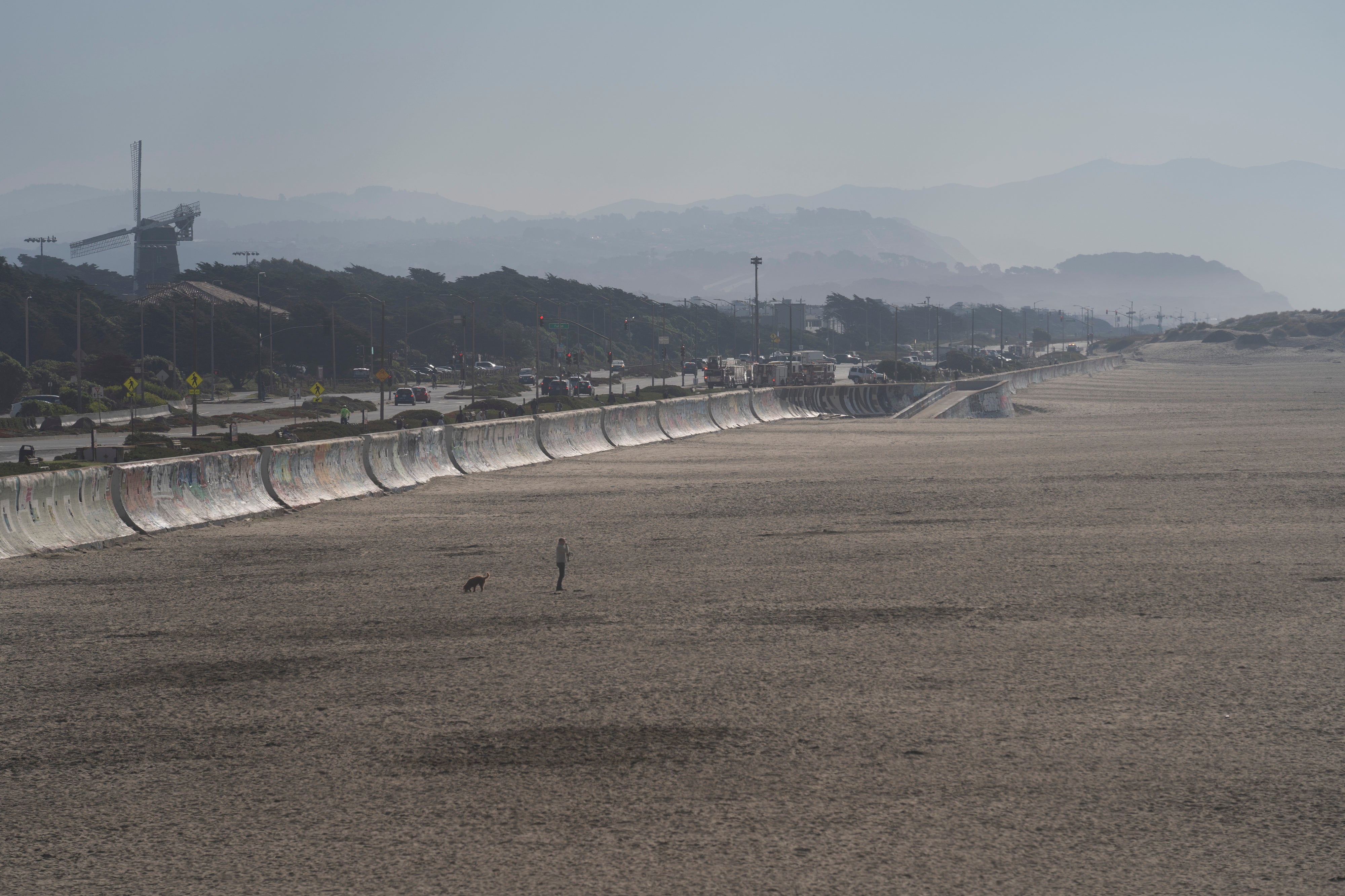
Within about ten minutes, Silver and her companions were bundling into a car and heading for a nearby hilltop – just like many San Franciscans who took the warning seriously and fled for higher ground.
As a flurry of texts and calls to loved ones spread across the city, police officers and firefighters roamed the shorelines with loudspeakers telling people to evacuate, while schools, businesses, and beaches rapidly emptied.
No massive waves ever showed up, and the tsunami warning was cancelled at 11:54am. Officials stressed that this was not a “false alarm” and that there had been an “actual threat”, which thankfully did not come to pass.
Yet in the short time between those two alerts, Bay Area residents went through a wide range of reactions: from sudden panic to eager curiosity to indifferent resignation in the face of impending death.
And in a city whose denizens are always looking over their shoulder for the next “big one” – though often not as prepared as they’d like to be amid the daily hustle – even the relief sometimes had an uneasy edge.
“We were happy that there was no destruction or injuries or anything, but also we kind of wanted to see a little action,” said Danny Diekroeger, a 32-year-old cryptocurrency entrepreneur and former minor league baseball player who climbed a nearby hill in the hope of livestreaming the waves.
‘You are in danger’
Silver was drinking her morning coffee and eating her oatmeal at her home in San Francisco’s Mission district when she got the alert.
While still absorbing it, a friend arrived and showed her the US government’s official danger map – with the entire San Francisco peninsula marked in bright red.
“A series of powerful waves and strong currents may impact coasts near you. You are in danger,” read the message sent to Californian smartphones. “Get away from coastal waters. Move to high ground or inland now. Keep away from the coast until local officials say it is safe to return.”
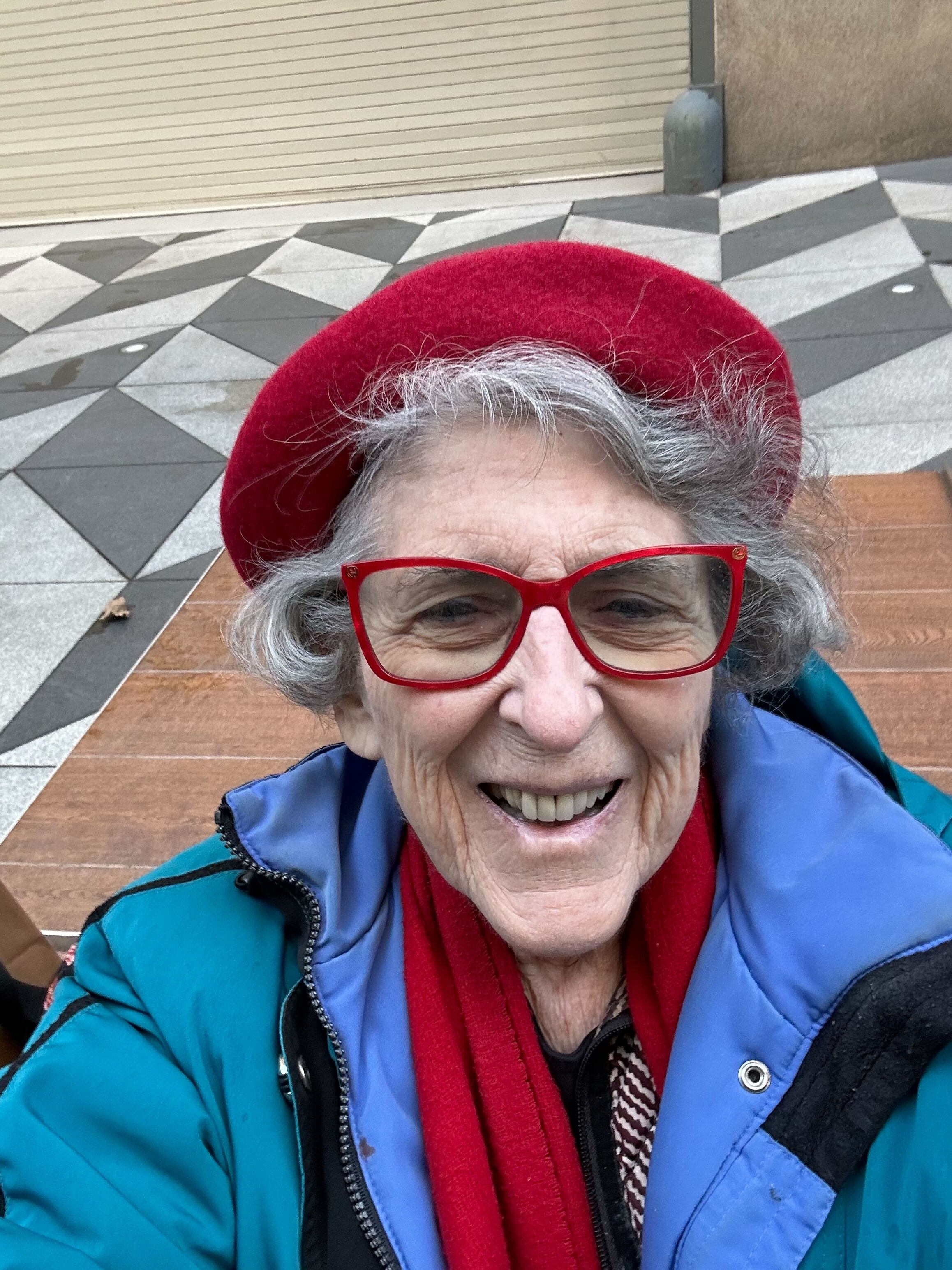
San Franciscans are used to being told that they should always be ready for disaster. The Bay Area sprawls atop a snarl of geological fault lines, and California officials predict a 48 percent of a magnitude 7.5 or greater quake striking somewhere in the state within the next 30 years.
Locals who know their history are all too aware of the devastation wrought by the great earthquake of 1906, which levelled over 80 percent of the still-growing city and killed more than 3,000 people.
More recently, during a 1989 baseball match between the San Francisco Giants and the Oakland Athletics, the Loma Prieta earthquake killed 63 people and knocked down the multi-decker freeway that then ran along the city’s historic waterfront.
In fact, the actual evacuation zone for Monday’s tsunami alert was much smaller than the map Silvers saw, and was limited to low-level coastland. But with no clear picture of how bad it could be, Silver, her friend, and a family member scrambled uphill.
Many residents, of course, simply ignored the warning. Across the Bay in Emeryville, 33-year-old Mary Baker felt inured to repeated phone alerts and took no action. “All my friends texted me and said, ‘are we supposed to take this seriously’?” she said. “People are pretty jaded.”
Later, however, she stepped out of her apartment only to find a kayak sitting in the hallway. It turned out to belong to her next-door neighbour, a keen kayaker who told her that he’d wanted to be ready if their building was consumed by flood waters. “It was very silly. I couldn’t really tell how serious he was,” Baker said.
Meanwhile, crypto entrepreneur Diekroeger was taking his dog Sky – a big grey rescue pit bull – to higher ground. He’d been been sitting on his patio in the Marina district when he felt the initial earthquake, and got the tsunami warning minutes later.
“I thought, wow, that’s pretty awesome. I’m always a fan of seeing Mother Nature doing powerful things. I wasn’t worried, but I was pretty interested,” he told The Independent.
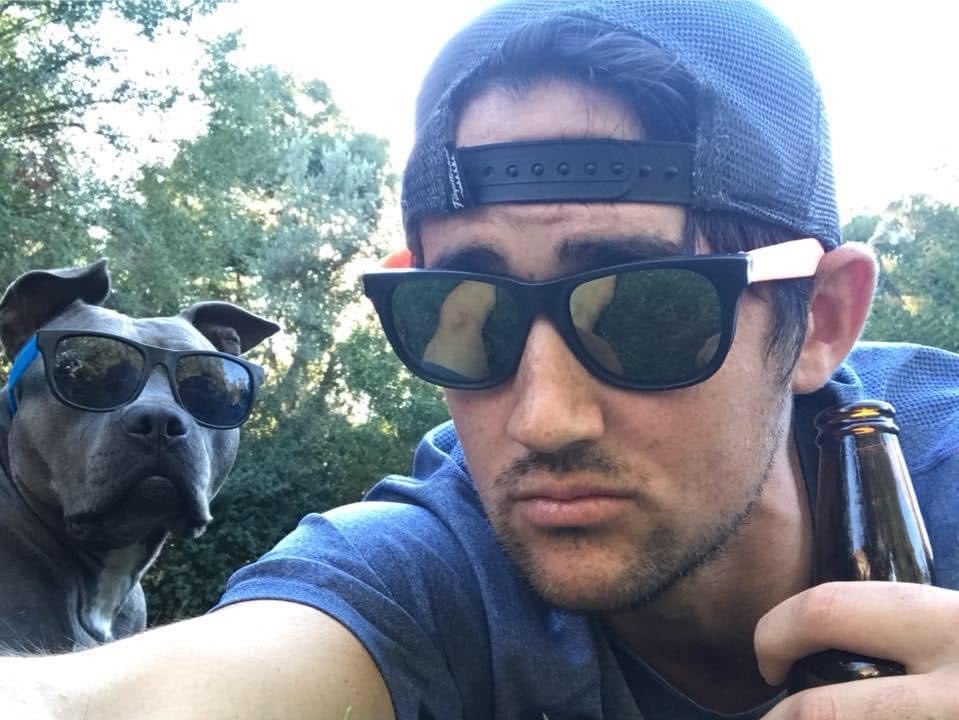
Diekroeger’s own home was high above sea level, and he could see police officers and firefighters closer to shore telling residents to evacuate for at least an hour before the wave’s projected arrival. So he felt confident that people were being “taken care of” and had enough time to get to safety.
“I really like it when there’s other natural disasters and people take the time to live stream so everyone can see what is going on. I think they’re the best content because it’s usually just people right in the situation, raw and unfiltered,” he said.
After forwarding the alert to his family, Diekroeger went up to Fort Mason, a commanding hill overlooking the old military docks where American soldiers embarked for the Pacific campaign during the Second World War, and began to livestream.
He wasn’t alone. A crowd of people had gathered to watch the incoming tsunami, most of whom seemed to be evacuees from the shoreline. The vibe was “calm” and “curious” says Diekroeger, as police officers further downhill continued to usher people upwards.

‘This isn’t another simulation, is it?’
For Janine Zacharia, 50, the tsunami alert was oddly familiar ground. As a journalism professor at Stanford University down in Silicon Valley, she surprises her graduate students every October with a simulated breaking news drill.
The scenario? A damaging Bay Area earthquake – complete with rumbling noises, a fake public address system announcement, pretend press conferences, volunteers roleplaying as victims, and sometimes even a shaking floor courtesy of the virtual reality lab next door.
"Even though it's a simulation, it feels real," said Zacharia, a former Jerusalem bureau chief for The Washington Post who spent years covering armed conflicts in the Middle East. "It's really the only way to train to do that kind of reporting,"
So when Monday's tremor hit 14 minutes into the final class of her course on Monday, students were sceptical.
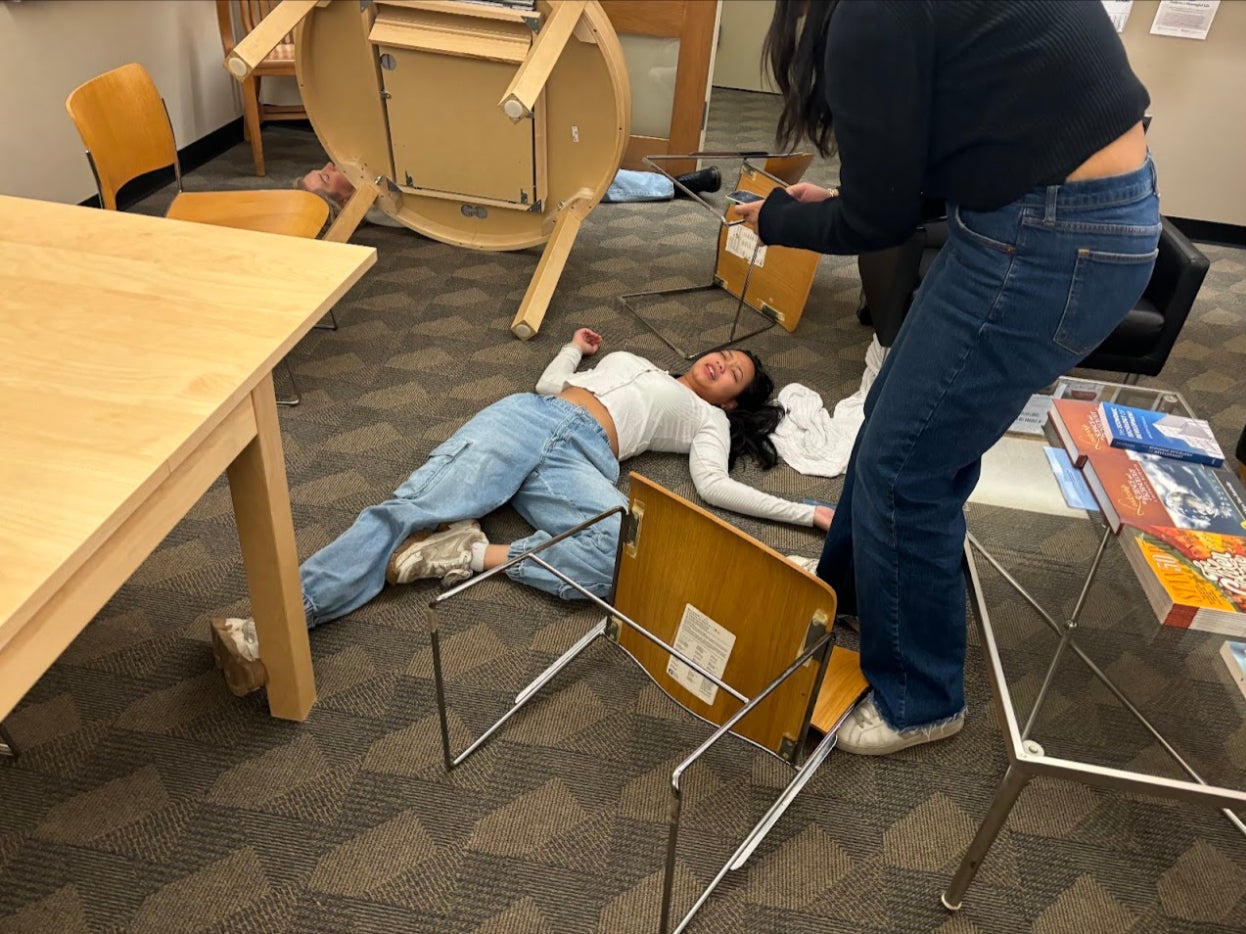
"I could tell that they thought I was joking," Zacharia told The Independent. "They said, 'Janine, we're not doing another simulation, are we?' I said, 'no!'
"Then everyone's phones just blasted with the tsunami alert. And I said 'okay, I guess we should start reporting.'"
Zacharia quickly began assigning angles, dispatching student journalists to call various public agencies, grill bystanders, and fire up a live blog at the course’s news website, The Peninsula Press. "They were all pretty stunned at exactly how much it resembled what we had trained for. It was a bit uncanny," she said.
There was plenty to write about. The San Francisco Zoo began moving its animals and staff to higher ground, while the Bay Area's BART metro system temporarily stopped all trains crossing underneath the Bay. Tsunami sirens sounded in nearby Bonny Doon and Santa Cruz. A state-run tsunami map website crashed several times.
In Humboldt County, a rural area north of San Francisco known for its legal and illegal cannabis cultivation, there were power outages and reports of homes coming off their foundations due to the magnitude 7.0 quake. Trees were knocked down and merchandise was strewn across shop floors.
A class of third graders on a field trip to a historic mansion narrowly missed being inside when mirrors, china plates, and antiques began crashing to the ground.
Back in San Francisco, one of Diekroeger’s friends was worried enough that he and his fiancee rapidly packed a go-bag and took an Uber to the southern San Francisco Hills – bringing along a portable generator and the Bitcoin wallet that contains their life savings.
Others took a more sanguine attitude. After the danger passed,The San Francisco Chronicle found 43-year-old teacher Andre Sea standing on Ocean Beach on the city’s western shoreline, waiting for the waves.
“My house is right there,” he said, gesturing inland. “So if it hits, I’m going to drown anyway.”
From her chosen roost of Corona Heights Park, just above San Francisco’s Castro LGBT+ district, Silver and her companions had a good view as nothing much happened. “We were able to sit comfortably and listen to the warnings until we heard that whatever was gonna happen had happened,” she said.
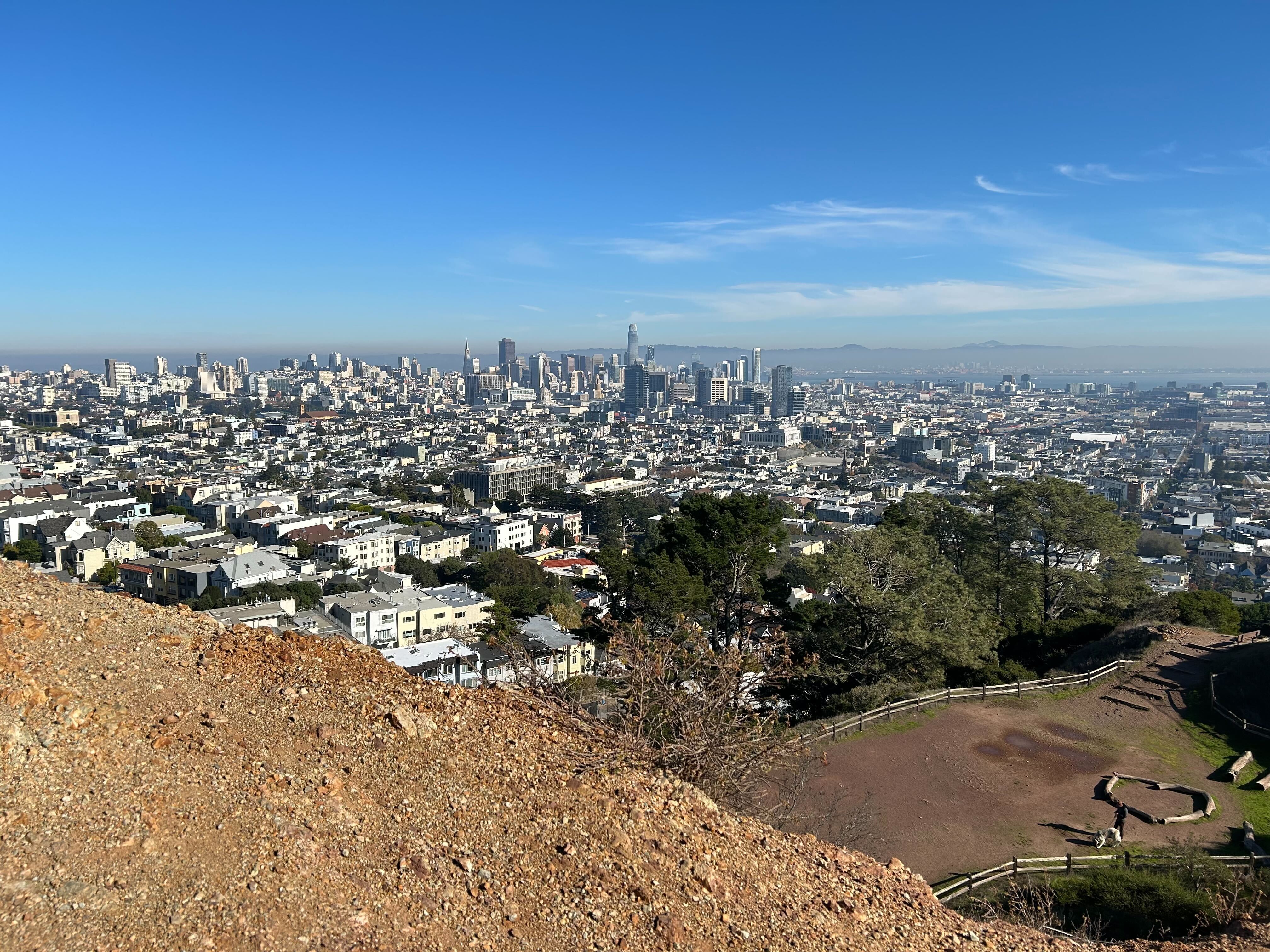
Diekroeger likewise said: “It made for an interesting afternoon... I'm glad there was no disruption. I'm glad everyone's okay."
Even though her house was not in danger, Silver is glad she took the situation seriously and evacuated.
“It is a warning that we in California live right above cracks in the crust of the Earth, and we have to at all times be ready with our evacuation,” said the former civil rights activist and San Francisco councilwoman – who escaped assassination when Harvey Milk was killed because she decided to get a second coffee that day.
Officials say that this was the right attitude. “The scientists were so concerned that they skipped over the other two levels of alert and they went straight to the highest one,” fire department captain Justin Schorr told the Chronicle. “Don’t wait and say ‘I can make it uphill in 10 minutes.’ By the time you can see it or hear it, it’s too late.”
Just make sure not to forget your supplies if you’re ever in that situation. “I have a bright red emergency backpack... with a medical kit, and water, and things like that,” Silver added. “I should have taken it with me, but I did not.”
Join our commenting forum
Join thought-provoking conversations, follow other Independent readers and see their replies
Comments